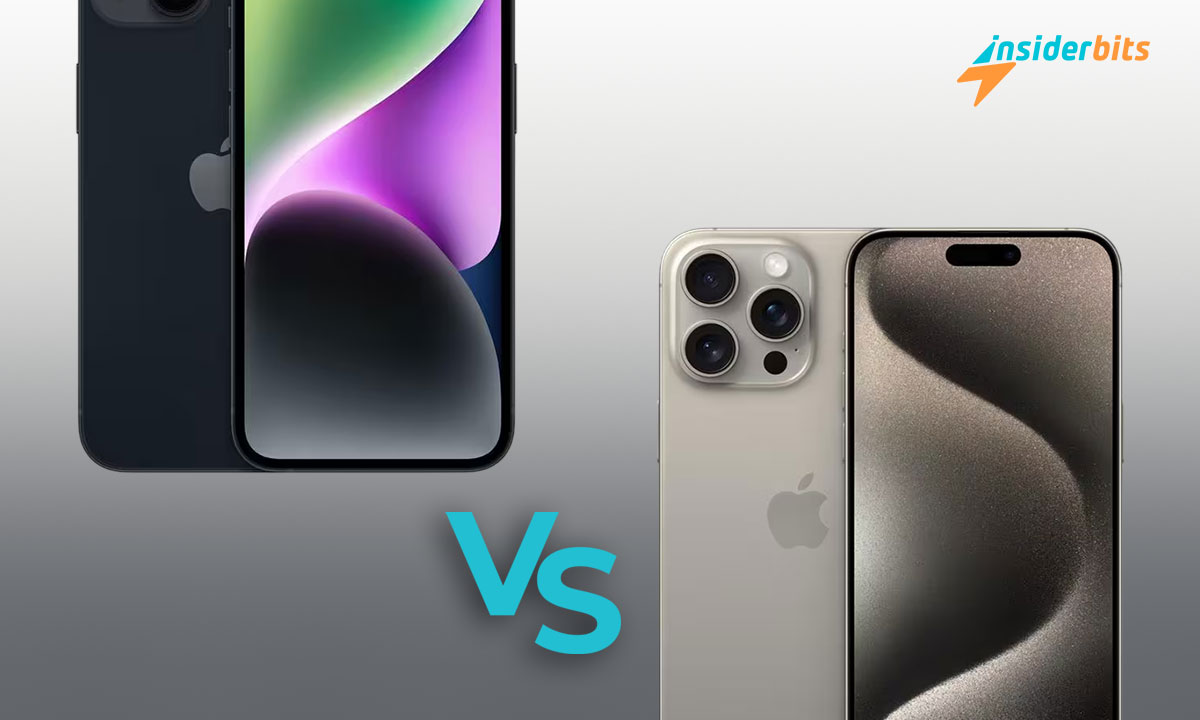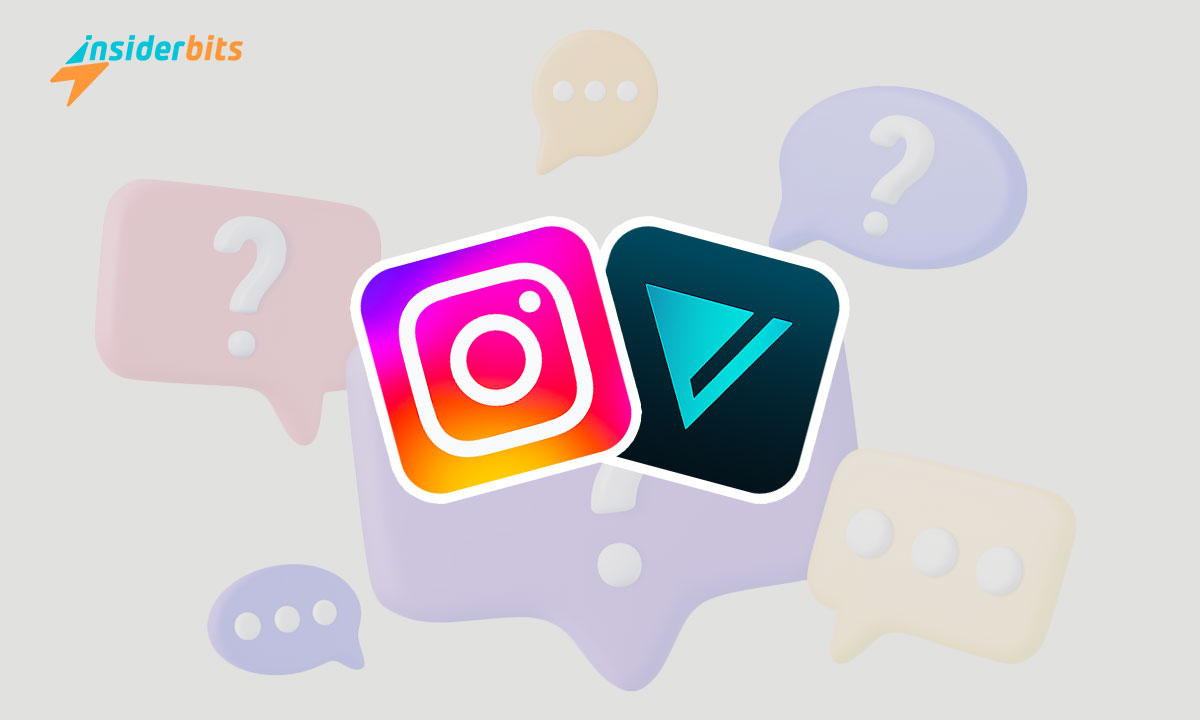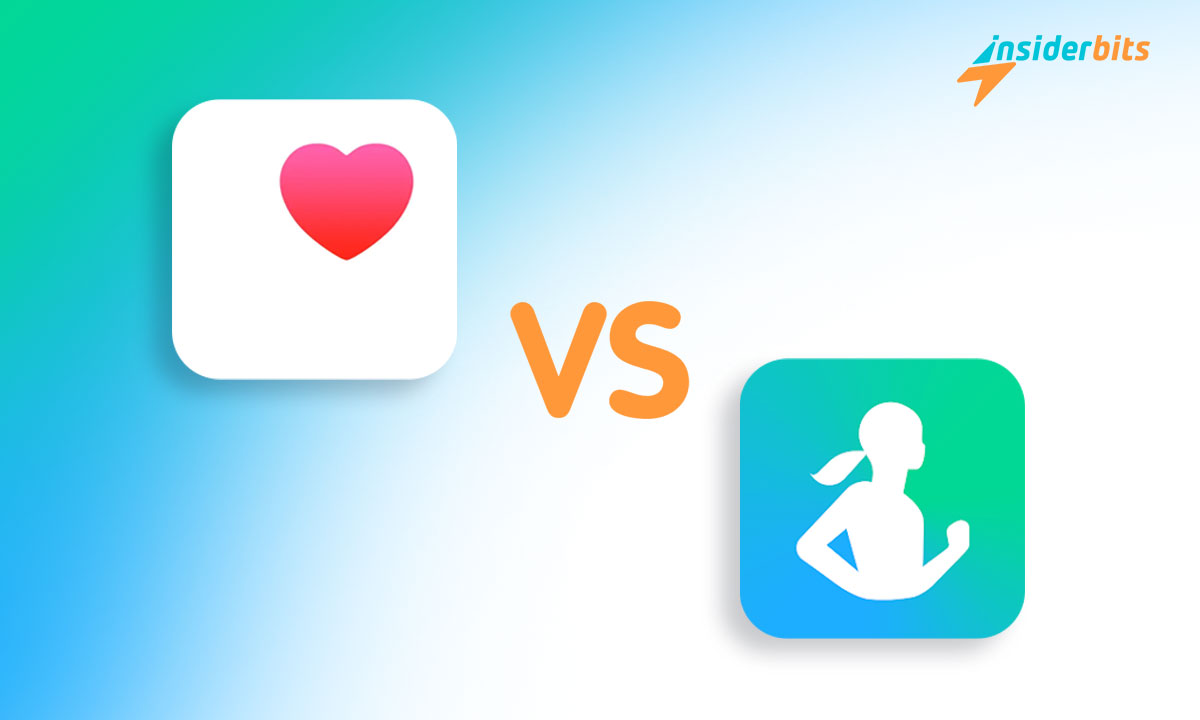Google Translate and ChatGPT are the most popular language translation tools people are using today. As AI-powered technologies, they offer convenient solutions for travelers who need to communicate in foreign languages.
However, the question remains: which one is the best for your travels?
This article will compare Google Translate and ChatGPT in terms of language support, functionality, user experience, and translation performance to help you determine which tool is more suitable for your travel needs.
From now on, Insiderbits will analyze the strengths and weaknesses of each platform, considering factors such as accuracy, context-awareness, and user-friendliness
Google Translate x ChatGPT – Translation Quality:
The accuracy and quality of translations between Google Translate and ChatGPT are distinct and influenced by various factors. Let’s compare:
Contextual Understanding:
ChatGPT: Excels in understanding context and generating coherent responses, particularly when dealing with nuanced language and idiomatic expressions. This strength is evident in translating sentences with slang, cultural references, and technical jargon.
Google Translate: While it has improved over time, Google Translate often struggles with context, leading to awkward translations when dealing with idiomatic expressions or specific jargon. It may provide technically correct translations but lack the nuance or intended meaning present in the original language.
Language Support:
Google Translate: Offers more extensive language support, making it the better choice for less popular spoken languages. It supports 133 languages and continually updates its database to handle various languages and dialects with impressive accuracy.
ChatGPT: Supports 95 languages, but its representation of languages in its training data is uneven. For example, Portuguese in ChatGPT is only in Brazilian because this variant has more data and resources online.
Speed and Accessibility:
Google Translate: Provides quick and convenient translations, ideal for everyday use, such as translating signs or menus. It is freely available and accessible through web browsers and mobile apps.
ChatGPT: While impressive, it may require a little more time to generate translations, especially for longer and more complex sentences. It is also more resource-intensive and may incur costs for advanced use.
Idiomatic Expressions and Cultural Nuances:
ChatGPT: Performs better when translating cultural idioms and expressions, but can struggle with longer-form text.
Google Translate: Struggles with idiomatic expressions and context-specific nuances of meaning, leading to less coherent translations.
Google Translate x ChatGPT – Features:
Google Translate and ChatGPT offer distinct features and usability for travelers, each with its own strengths and weaknesses:
Google Translate:
Offline translation capabilities: Google Translate allows users to download language packs for offline use, making it convenient for travelers in areas with limited internet access.
Camera translation: The Google Translate app can translate text from images captured by the camera, useful for translating signs, menus, or documents.
ChatGPT:
Conversational context retention: ChatGPT can maintain context throughout a conversation, enabling more natural and coherent translations, especially for idiomatic expressions and cultural references.
Fine-tuning for specific domains: ChatGPT can be customized for particular translation tasks, leading to more precise and tailored translations for specific industries or contexts.
Ease of Use for Travelers
Google Translate:
Straightforward layout and functionality: Google Translate has a simple, user-friendly interface, making it easy for travelers to quickly input text, select languages, and get translations.
Mobile app convenience: The Google Translate mobile app offers features like camera translation and offline support, enhancing its usability for on-the-go travelers.
ChatGPT:
Conversational interface: ChatGPT’s conversational approach can be engaging and intuitive for travelers, particularly when seeking translations for casual conversations or informal texts.
Learning curve: For some users, especially those less familiar with AI chatbots, there may be a learning curve in effectively communicating with ChatGPT to get accurate translations.
Google Translate VS. ChatGPT – Versatility and Additional Functions:
Google Translate
Offline Support: Google Translate supports offline translation, making it accessible even in areas with limited internet connectivity. This feature is crucial for travelers who need to communicate without relying on internet access.
Document Translation: Google Translate can translate documents, including PDFs, Word files, and more. This feature is useful for businesses and individuals who need to translate large volumes of text.
Website Translation: Google Translate can translate entire websites, making it a valuable tool for businesses and individuals who need to communicate across languages and cultures.
चैटGPT
Conversational Interface: ChatGPT’s conversational interface allows users to engage in natural language conversations, making it a powerful tool for real-time communication and collaboration.
Travel Advice and Tips: ChatGPT can provide travel advice and tips, including information on destinations, cultures, and customs. This feature is particularly useful for travelers who
need guidance on navigating foreign countries.
Content Generation: ChatGPT can generate content in various formats, including articles, scripts, and even interactive content. This feature is useful for content creators and marketers who need to produce high-quality content quickly.
Customer Service Integration: ChatGPT can be integrated into customer service platforms to provide intelligent and context-aware responses, enhancing customer engagement and support.
Google Translate VS. ChatGPT: Which Is Best For Your Travels? Conclusion
The choice between Google Translate and ChatGPT depends on the specific needs and preferences of the user. If you require straightforward and accessible translation capabilities, Google Translate is a better option. However, if you need advanced features like conversational interfaces and content generation, ChatGPT is a more suitable choice
संबंधित: Stay Inspired With This TOP 5 Daily Quotes Apps
क्या आपको यह लेख पसंद आया? इनसाइडरबिट्स ब्लॉग को अपने पसंदीदा ब्लॉग में जोड़ें और जब भी आप प्रौद्योगिकी और बहुत कुछ के बारे में नई और रोमांचक जानकारी सीखना चाहते हैं, तो हमसे जुड़ें!





